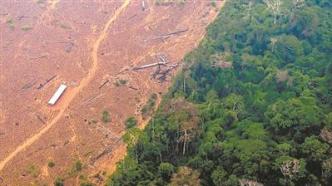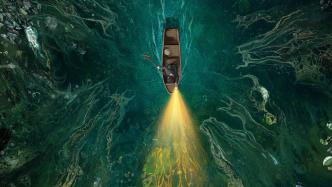

In addition to the effects of deforestation, human activities and drought have degraded more than one-third of the remaining Amazon rainforest. Image credit: CNN
Human activities and drought may have degraded more than one-third of the Amazon rainforest, double previous estimates, according to research published in the latest issue of the journal Science, adding to concerns that the globally important ecosystem is Worry about going to the "point of no return".
Fire, land conversion, logging and water scarcity have reduced the resilience of up to 2.5 million square kilometers of forest, which accounts for 38% of the Amazon’s remaining forest area and is 10 times the size of the United Kingdom. The region is now drier, more flammable and more fragile than before, with researchers warning of the potential for "megafires" in the future.
The findings are the result of an analytical review of previously published scientific data based on satellite imagery and a synthesis of published data from the Amazon region between 2001 and 2018. The researchers define the concept of degradation as transient or long-term changes in forest conditions caused by humans.
The research paper was authored by an international team of 35 scientists and researchers from institutions including the University of Campinas in Brazil and Lancaster University in the UK. The authors assessed four key disturbances that contribute to forest degradation: forest fires, edge effects (forest changes that occur near deforested areas), selective logging (such as illegal logging), and extreme drought. Different forest areas may be affected by one or more of these disturbances.
Joss Barlow, co-author of the paper and professor of conservation science at Lancaster University in the UK, said: "While the total impact of these disturbances is uncertain, it is clear that their cumulative impact is likely to be related to the carbon emissions from deforestation. as important as biodiversity loss."
The team predicts that by 2050, regardless of whether deforestation intensifies or is suppressed, these four degradation factors will still be the main source of carbon emissions in the atmosphere.
The researchers also said that even in an optimistic scenario, when forests are no longer being logged, the effects of climate change would continue to degrade forests, leading to further carbon emissions.
(Originally titled "More than one-third of the Amazon rainforest is degraded-human activities and drought are the main reasons")

